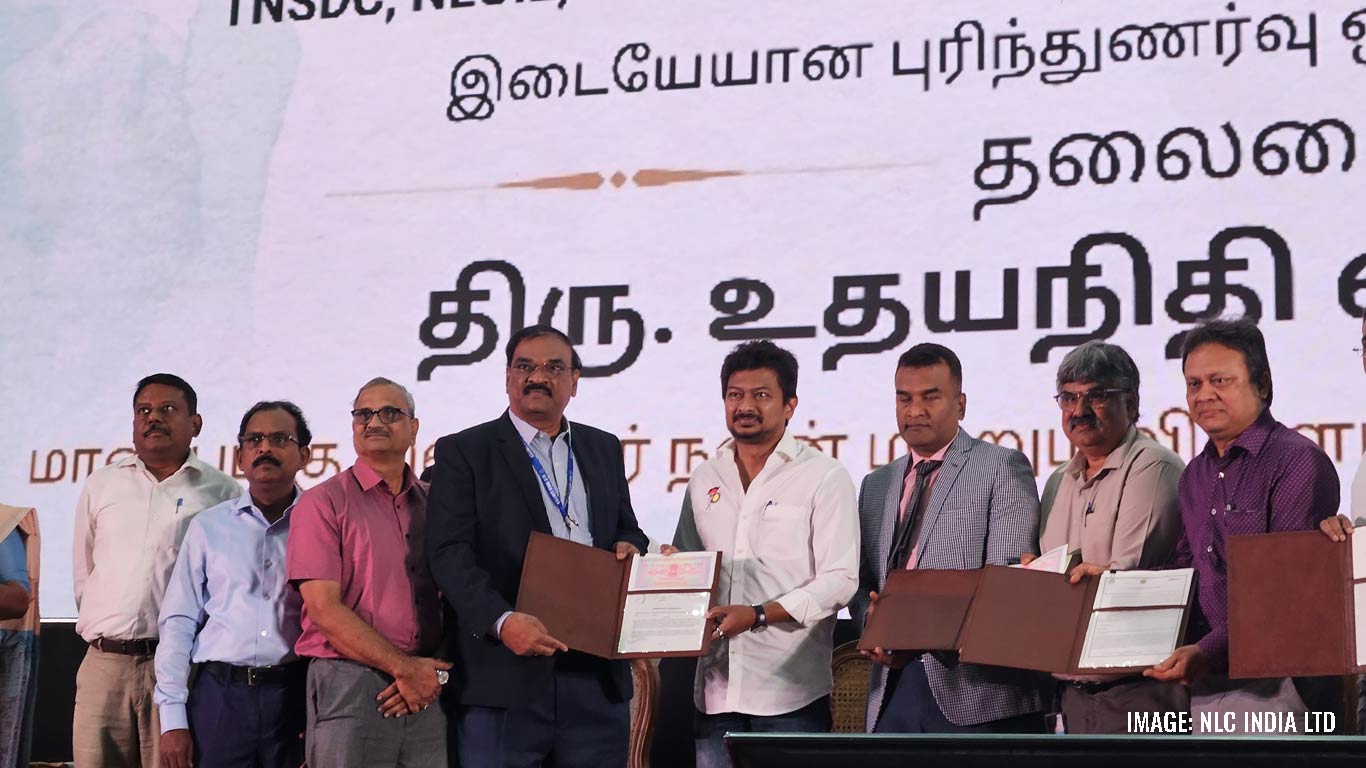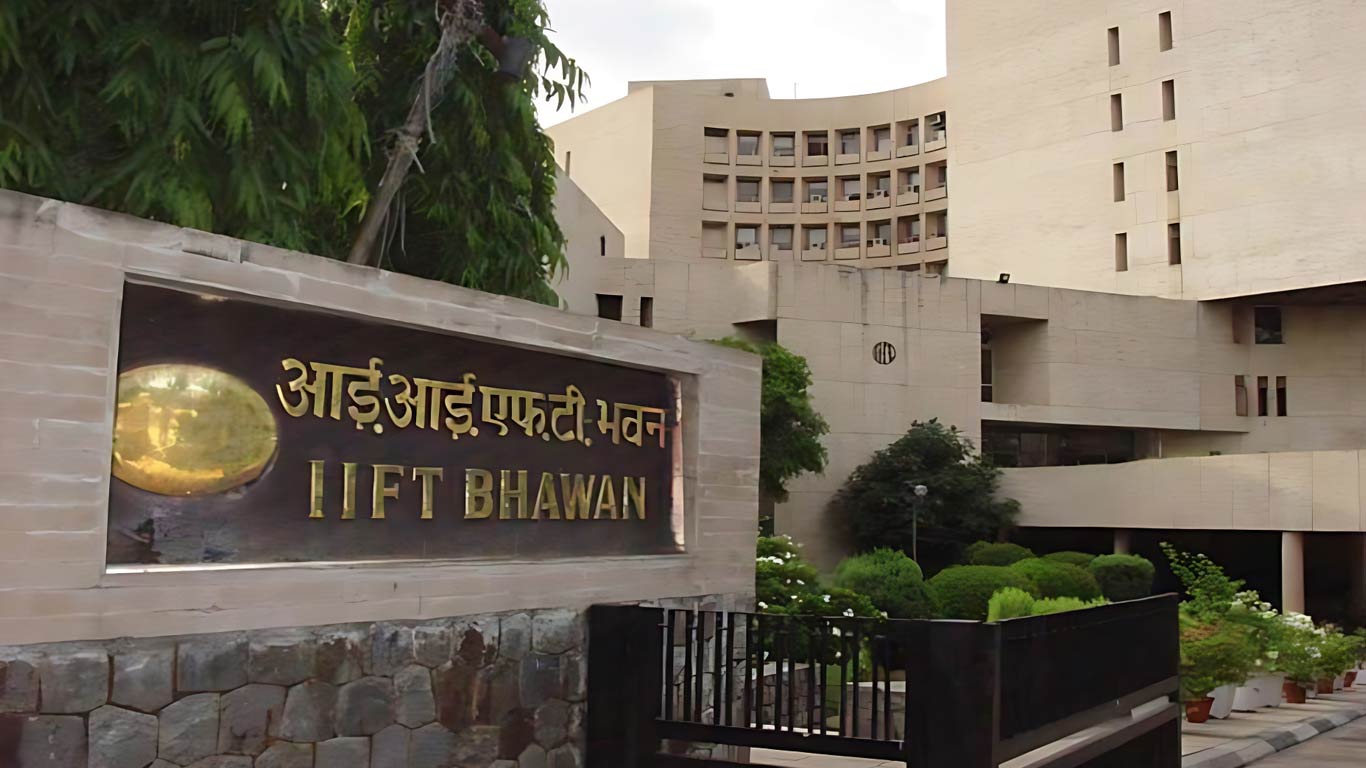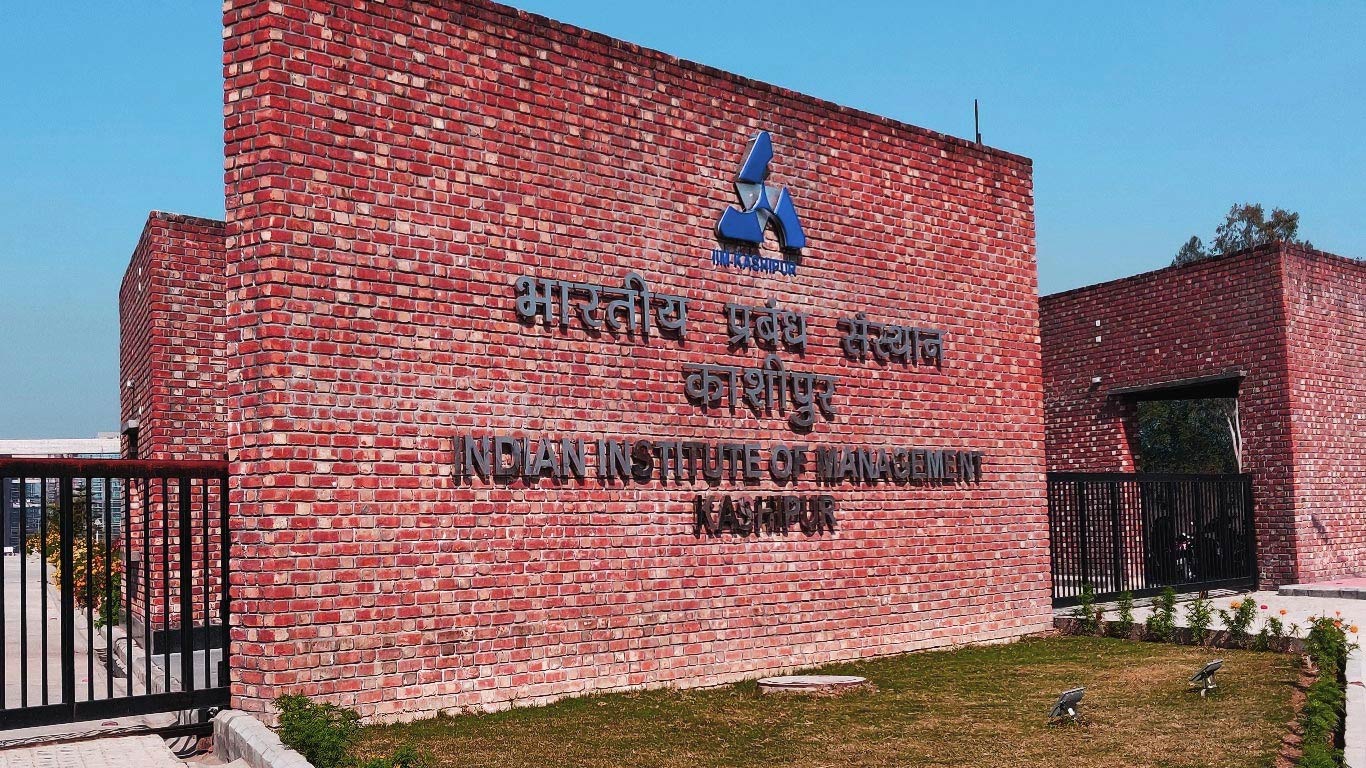Decline in growth rate of MSEs largely due to medium and large enterprises: Report
Updated: Apr 10, 2017 05:41:03am

Decline in growth rate of MSEs largely due to medium and large enterprises: Report
Hyderabad, Apr 10 (KNN) Sector-specific issues and inadequate credit have dampened the growth of the micro and small enterprises post 2013-14, highlights Socio-Economic Outlook 2017 of Telangana.
The outlook points that medium enterprises are in an almost stable state since 2007-08, without much effect from the vicissitudes of time.
Investments in micro enterprises reached high in 2011-12 and thereafter remained stable, whereas investments in small enterprises peaked in 2013-14 and witnessed downward trend thereafter.
Investment in medium industries is almost stable throughout the period.
“Decline in growth rate is largely due to the medium and large enterprises steeped in Non-Performing Assets (NPAs), defaulting in payments to the MSE vendors on the one hand and on the other, the ineffective delayed payment redress mechanism, with the governments, PSUs and judiciary not adequately and appropriately responding to the arbitration mechanism of the MSE Facilitation Council,” points out the Outlook which was recently tabled in the Telangana Assembly..
The Outlook stressed that employment generation by micro enterprises is less compared to small and medium ones. The employment generation, after reaching high in 2013-14, is in declining pace due to inability of the enterprises to honour contractual payments, the migratory practices of labour, and largely mismatched skills.
Rehabilitation and revival of sick enterprises Industrial sickness leads to problems such as unemployment, revenue loss to the State and Central Governments, reduced flow of institutional finance, increase in non-productive assets etc., apart from dampening investment climate in the State.
Lack of financial discipline, adoption of low level of technologies, non-compliance with loan terms of banks’ and Financial Institutions’ loan terms, delayed payments, indiscrete application of Securitisation Act, apart from delay and even denial of loans for Micro manufacturing enterprises dominated the reasons for shrinking growth and endemic sickness of the manufacturing sickness, the Outlook pointed.
As per the State Level Bankers Committee (SLBC) report of Telangana State 2016-17, there are 8,618 sick units in the state as per the RBI defi nition of industrial sickness. Eighty percent of the total sick units have been declared as non-viable units. Potentially viable units are only 7 per cent (i.e. 632 units).
The progressive industrial policy has pledged revival and rehabilitation of sick enterprises as one of the key areas of attention. Although RBI and the Government of India have put in policies for revival, their tardy implementation also required that the state on its own should supplement the efforts to accelerate such relief operations.
The report also raised concern that around five lakh employees of MSMEs in Telangana are likely to lose their jobs as their units turn sick.
The Socio-Economic Outlook 2017 said there are around 69,120 micro, small and medium enterprises providing direct employment to 7,82,406 people. “Of this, 8,618 units may become sick as banks are not giving loans to revive these units.” (KNN Bureau)











